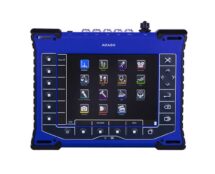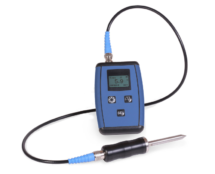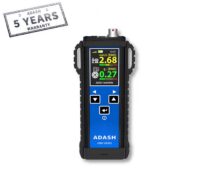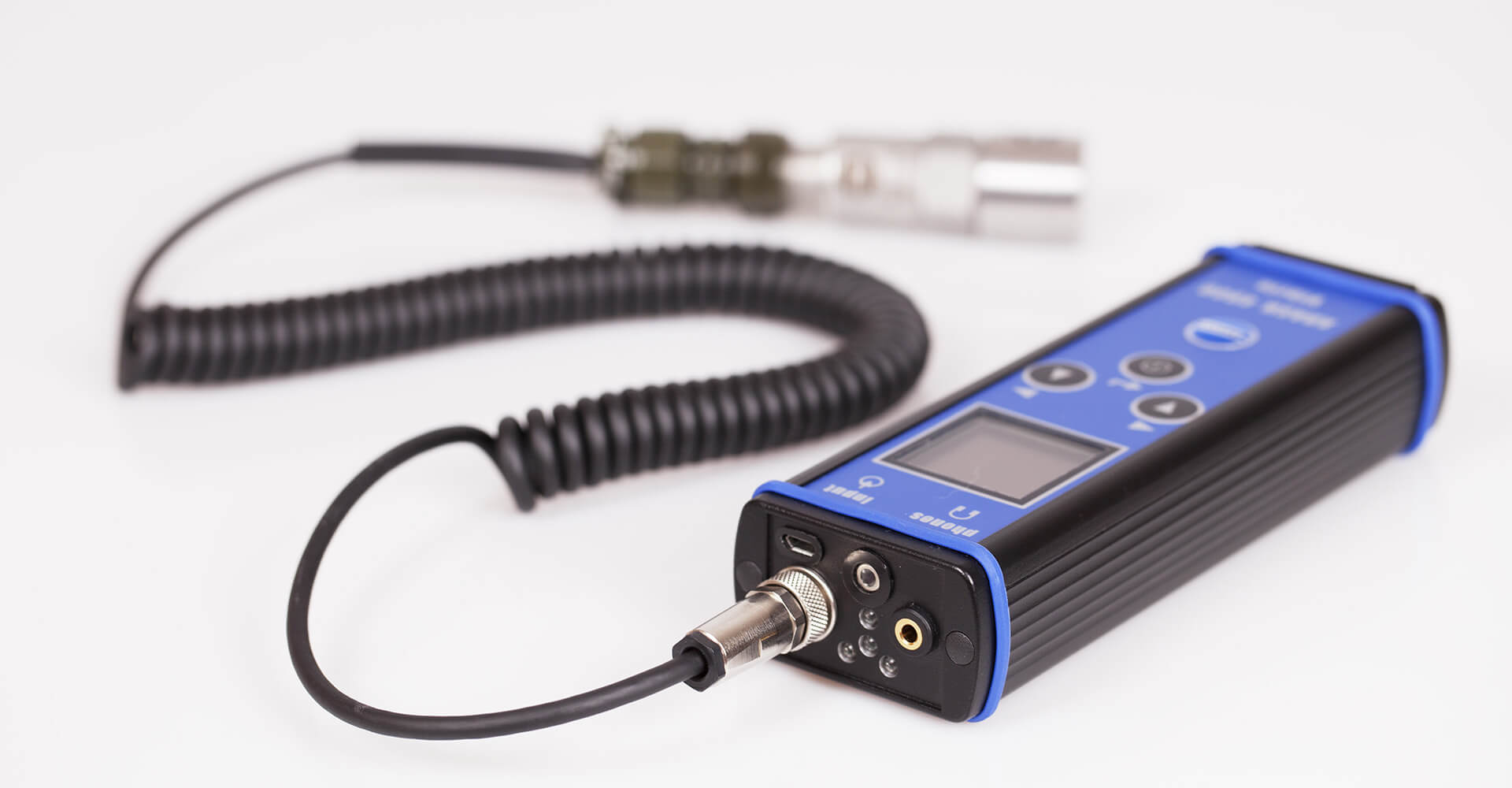
Vibrometer – an instrument for measuring vibrations
A vibrometer is a measuring device that is used to measure mechanical vibrations.
These vibrations can occur in a variety of structures, machines, vehicles or other objects, and the vibrometer makes it possible to accurately measure and analyze these vibrations.
Vibrometers can have a variety of configurations and functions, but their primary purpose is to collect information about the oscillatory motion or vibration that occurs in the object under test. There are several types of vibrometers, including:
- Accelerometers: Measure the acceleration of vibrations. This is a common form of vibrometers, especially when testing machinery and mechanical equipment.
- Velocity meters: Measure the rate of change of vibration in the object under test.
- Vibration transducers: Measure displacements or amplitudes of vibrations, directly recording the deviation of a structure under oscillatory motion.
During a vibrometer measurement, data is collected that can then be analyzed to understand the sources of vibrations, assess their impact on the object under study, and identify potential problems or faults. This tool is extremely useful in keeping equipment in good working order and diagnosing potential problems, helping to improve the safety and efficiency of various systems.
Vibrometer selection
Choosing the right vibrometer depends on several factors, such as the type of application, budget, measurement range and measurement accuracy needs. Here are some points to consider when choosing a vibrometer:
- Application: Make sure you choose the right vibrometer for your needs. For example, vibration of industrial machinery may require different functions than vibration testing in building structures or vehicles.
- Measurement range: Make sure the vibrometer has the right measurement range for vibration analysis in your specific environment. The measurement range should cover the expected vibration levels in the application.
- Measurement accuracy: Depending on your needs, consider the accuracy your application requires. Some applications, such as the testing of building structures, may require higher accuracy than monitoring the general condition of machinery.
- Sensor type: Vibrometers can be equipped with different types of sensors, such as accelerometers, speedometers or vibration transducers. The choice depends on the specific measurement you want to make.
- Additional functions: Some vibrometers have additional functions, such as spectral analysis, a time-frequency analysis module, or wireless functions. Consider whether such functions are important to you.
- Mobility and ease of use: If you plan to use the vibrometer in different locations or in hard-to-reach areas, pay attention to the device’s mobility and ease of use.
- Brand and reviews: Consider choosing a reputable brand that is known for producing robust and accurate measuring devices.
Remember that the selection of a vibrometer should be tailored to the specific needs and environmental conditions in which it will be used. If possible, consult a vibration expert or specialist for additional guidance and advice on your specific application.
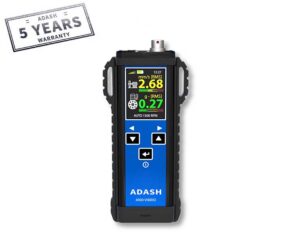
A4900 Vibrio M – Vibrometer, Vibration meter, vibration analyzer and data collector in one
Vibrometer in maintenance
Vibrometers are an extremely important tool in the field of industrial maintenance. Maintenance, Repair, and Operations (MRO) is a management area that aims to keep equipment, machinery, and facilities in optimal operating condition to minimize downtime, breakdowns, and repair costs. In the context of maintenance, vibrometers perform several important functions:
- Machine Condition Monitoring:
- Vibrometers allow continuous monitoring of the condition of machinery and equipment.
- They help identify early signs of problems, such as clearances, improper balancing, bearing wear, etc.
- With regular measurements, sudden failures can be avoided, maintenance and replacement work can be planned, and production downtime can be minimized.
- Failure Diagnostics:
- Vibrometers can diagnose the cause of failures. Analysis of vibration characteristics can help determine what exactly is the source of the problem.
- They help locate and identify damage such as cracks, bumps or mechanical clearances.
- Damage Prevention:
- By detecting abnormalities early, vibrometers allow preventive action to be taken before serious damage occurs.
- They make it possible to plan maintenance, parts replacement or machine adjustments in a way that optimizes cost and efficiency.
- Manufacturing Process Optimization:
- Vibrometers can be used to optimize production processes by monitoring the impact of vibrations on the productivity and quality of manufactured parts.
- They help adjust machine parameters to optimal conditions, resulting in production efficiency.
- Safety:
- Vibration monitoring is also important from the perspective of worker safety. Excessive vibration can adversely affect the health of people working around machinery.
In short, vibrometers are a key tool in maintenance, enabling effective condition management of machinery and industrial infrastructure. Early identification of problems using vibrometers contributes to the reliability, safety and efficiency of production processes.

